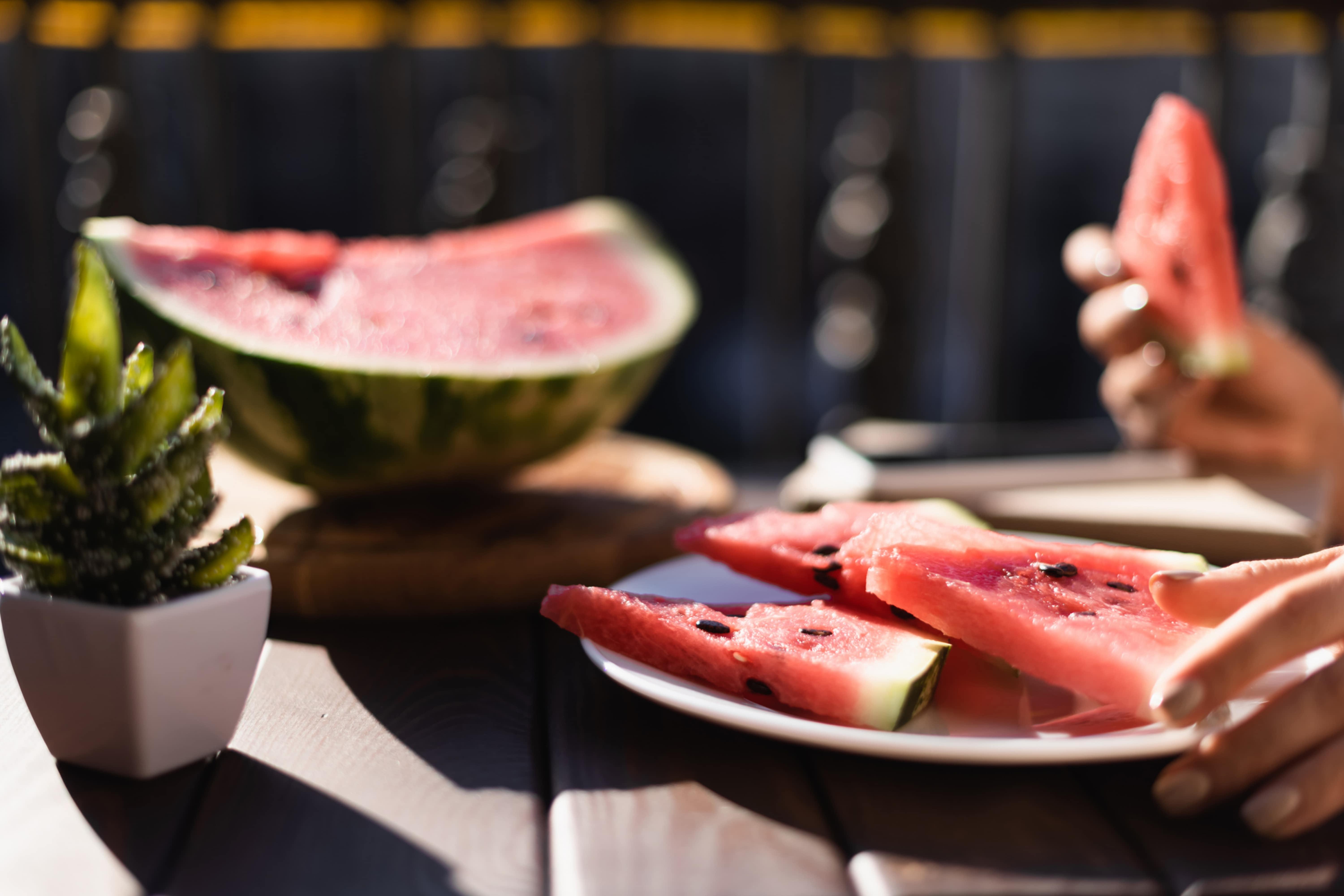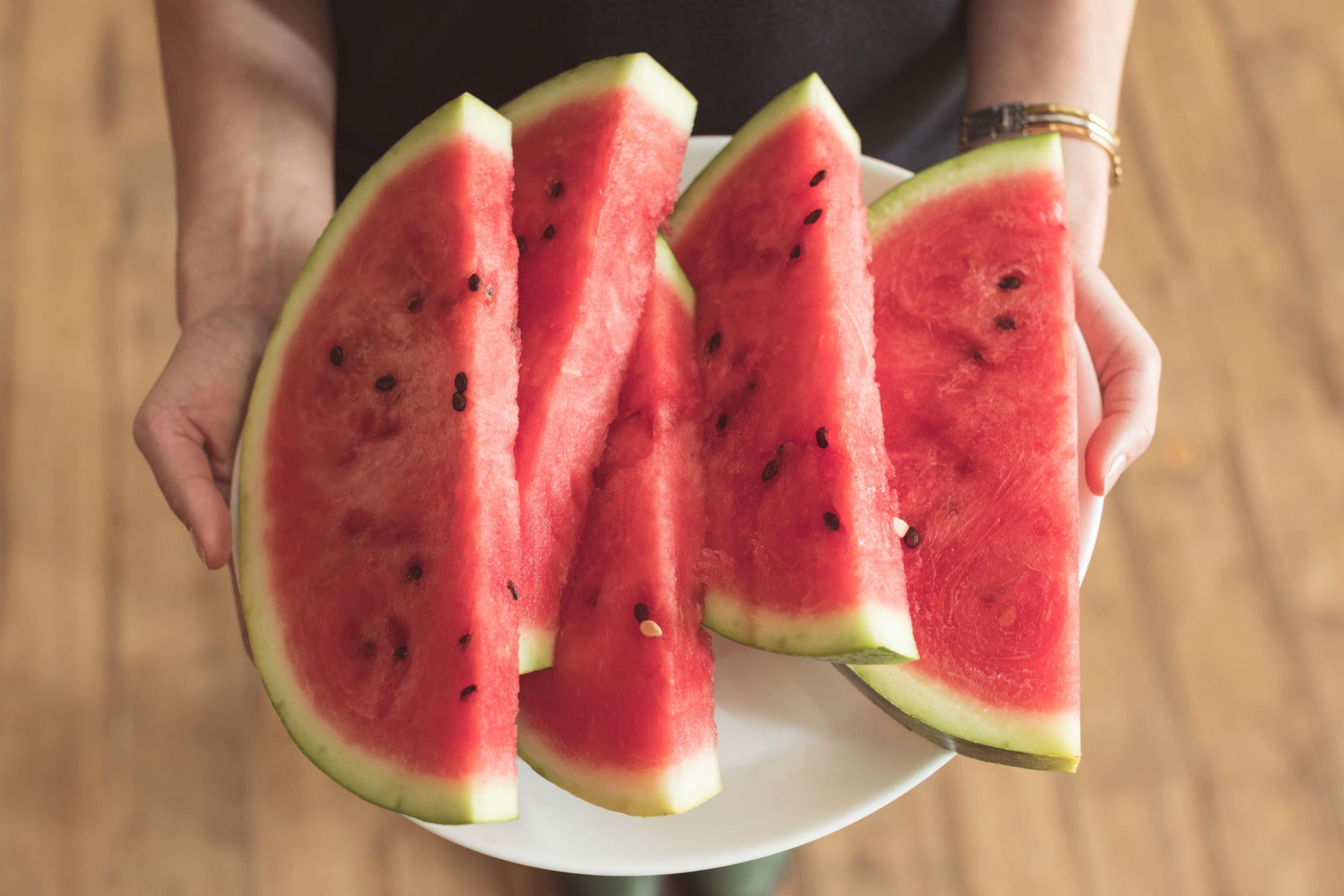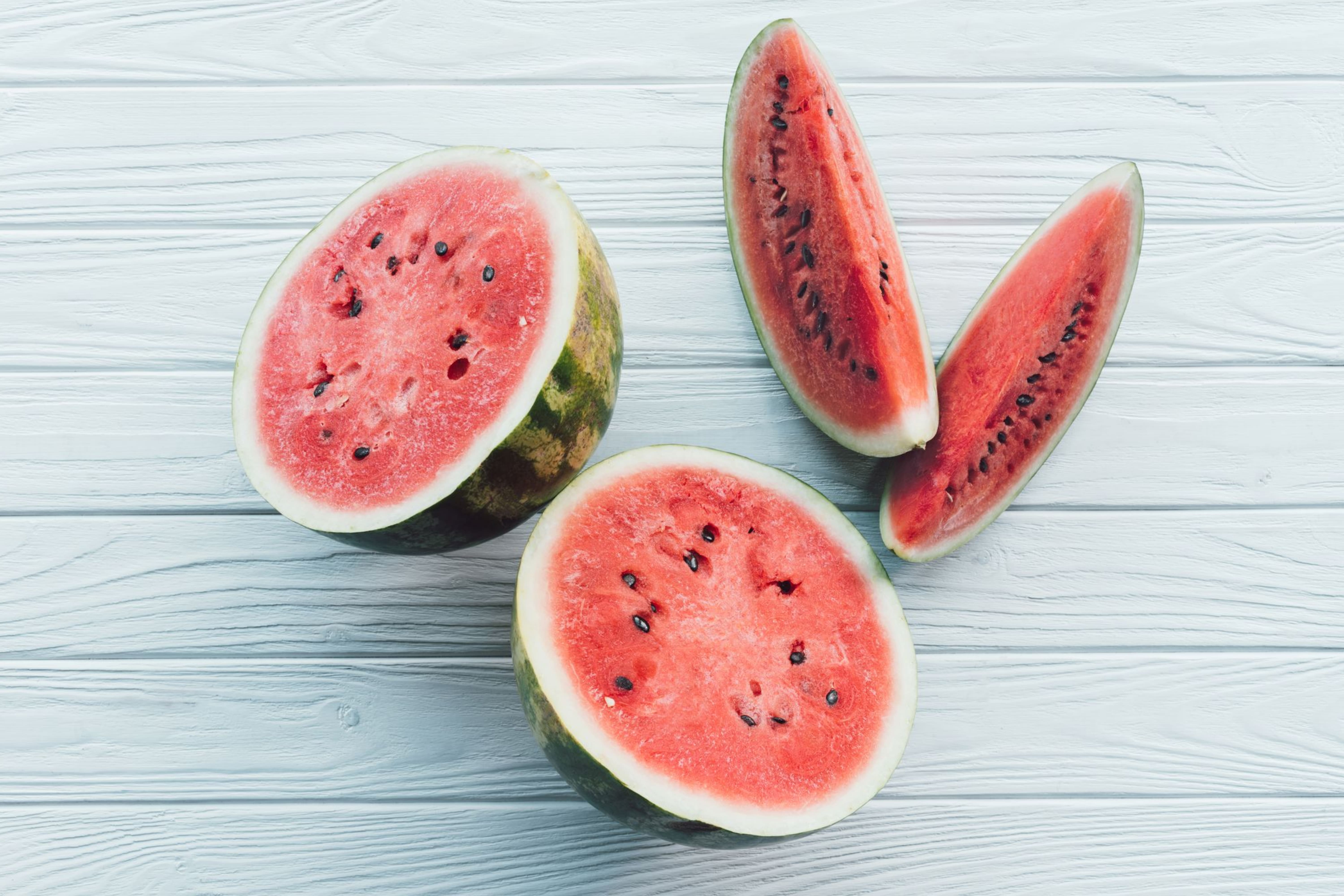The Importance of Identifying Bad Watermelon
Knowing if a watermelon is bad is essential for health and taste. A good watermelon is not only delicious but also a healthy choice. Eating a spoiled one, however, can lead to health issues and a poor culinary experience. This section emphasizes the importance of recognizing spoilage signs in watermelons to ensure safe and enjoyable consumption.

Identifying a Bad Uncut Watermelon: Key Indicators
When assessing an uncut watermelon, several indicators can hint at its quality. A fresh watermelon should have a uniform shape, devoid of major dents or deformities. The rind should be relatively hard and the watermelon should feel heavy for its size, indicating a good water content. The presence of a creamy yellow spot, known as the field spot, is a positive sign, showing where the watermelon rested on the ground and ripened in the sun.
However, if the watermelon emits a hollow sound when tapped, this could be a sign of overripeness or internal rotting.
Health Risks: What Happens if You Eat Bad Watermelon
Eating a spoiled watermelon can lead to various health issues. The primary concern is food poisoning, as a spoiled watermelon can harbor bacteria like Salmonella or E. coli. Symptoms of food poisoning may include stomach cramps, nausea, vomiting, and diarrhea, and can appear within hours of consumption. In severe cases, it could lead to more serious health complications, especially in vulnerable individuals like young children, the elderly, or those with weakened immune systems.

Evaluating a Watermelon After Cutting: Internal Signs
After cutting a watermelon, it’s important to evaluate its internal quality. Fresh watermelon flesh should be vibrant, typically pink or red, with firm yet juicy texture. If the flesh appears overly soft, discolored, or dry, it might indicate spoilage. Also, the presence of unusual odors or a fermented taste are clear indicators that the watermelon is no longer good to eat.
Furthermore, inspect the seeds; they should be intact and typical in appearance. Any abnormalities in seed color or texture could also signal that the watermelon has gone bad.
Mold on Watermelon: Spotting and Addressing
Mold on watermelon, often appearing as fuzzy, green, black, or white spots, is a definitive indication of spoilage. Mold can penetrate deeper into the fruit than visible to the naked eye, making it unsafe to consume even if the moldy part is removed. To avoid mold growth, it’s essential to store watermelons properly. Uncut watermelons should be kept in a cool, dry place, away from direct sunlight, while cut watermelons should be refrigerated in airtight containers.
Regular checks for mold, especially in cut watermelons, can prevent health hazards associated with mold consumption.
Assessing Cut or Sliced Watermelon: Signs of Spoilage
The sensory assessment of taste and smell is crucial in determining a watermelon’s freshness. A fresh watermelon should have a sweet, slightly tangy aroma and flavor. If it tastes bland, sour, or unusually fermented, it’s a sign of spoilage. The presence of an alcoholic or vinegary smell is a red flag, often indicating fermentation or bacterial growth. Trusting these sensory indicators is key to avoiding the consumption of spoiled watermelon, which can lead to health issues. Always prioritize safety if the watermelon’s taste or smell seems off.

Taste and Smell Assessment: Spoilage Indicators
Finally, assessing watermelon by taste and smell is crucial. A sour or off taste, along with a fermented smell, are strong indicators of spoilage. This section also explains what white flesh inside a watermelon means and how it impacts the taste and overall quality of the fruit
Is it safe to eat watermelon with yellow spots inside
Yellow spots inside a watermelon are often just a variety characteristic and not a sign of spoilage. These spots, also known as ‘sugar spots,’ are typically safe to eat and can even be sweeter. However, if the spots are accompanied by an off smell or texture, it’s best to avoid eating it.
What happens if you eat bad watermelon?
Consuming spoiled watermelon can lead to foodborne illnesses. Symptoms may include stomach cramps, nausea, vomiting, and diarrhea. These symptoms typically occur due to bacterial growth in the spoiled fruit. It’s crucial to avoid eating watermelon that shows signs of spoilage.
Old watermelon
An old watermelon might not necessarily be harmful to eat, but it may have an inferior taste and texture. Signs of an old watermelon include a wrinkled skin, a dull sound when tapped, and a lack of juiciness. While it may not cause illness, its quality would be compromised.

How to tell if a watermelon is bad before cutting?
Before cutting, check the watermelon for a firm, symmetrical shape without any major bruises, cuts, or dents. The watermelon should feel heavy for its size and have a deep, hollow sound when tapped. These are signs of a good, ripe watermelon.
How to tell if watermelon is bad after cutting?
After cutting, inspect the watermelon for any discoloration, a slimy surface, or an off smell. The flesh should be brightly colored, typically pink or red for common varieties, and free from any dark or fermented spots. If the texture is overly mushy or the aroma is unpleasant, it’s best not to eat it.
Special Varieties
How to tell if yellow watermelon is bad?
This section highlights the specific indicators of spoilage in yellow watermelons, such as changes in texture or unusual patterns on the rind. Unlike traditional red watermelons, yellow varieties may show different signs of going bad, making it crucial to understand these unique indicators.

How to tell if a mini watermelon is bad?
Mini watermelons require special attention, as their small size may affect how spoilage presents itself. This part will focus on recognizing spoilage in mini watermelons, considering factors like skin firmness and the aroma they emit.
Storage and Shelf Life
How to tell if watermelon in fridge is bad?
Refrigeration affects the longevity and quality of watermelon. This segment explores how to identify spoilage in refrigerated watermelons, emphasizing changes in texture and smell over time.
Overripe watermelon vs rotten watermelon
Understanding the difference between overripeness and rot is crucial. While an overripe watermelon might lose some flavor or texture, a rotten one can be harmful. This section distinguishes the two, providing clear descriptions for each.
Conclusion
This concluding part will recap the main points on how to know if watermelon is bad, summarizing the various indicators of spoilage in different types of watermelons.
Final thoughts will be provided on how to avoid old watermelon and ensure freshness, including tips on selecting, storing, and checking watermelons for signs of spoilage.
